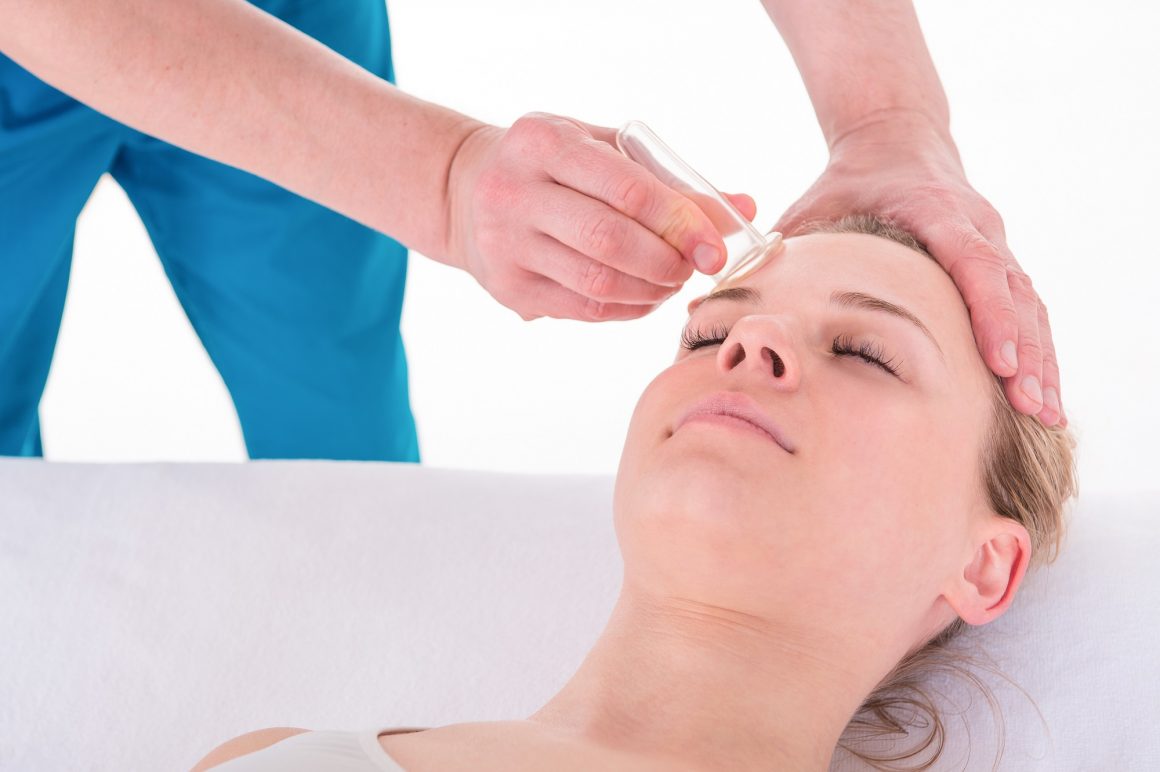Cupping therapy became a hot topic of discussion during the 2016 Olympics when several athletes were seen with cupping marks on their body. The circular marks drew attention to this ancient Chinese therapy and has many people asking questions about its potential as a treatment for conditions ranging from high blood pressure to things like anxiety, pain related to fibromyalgia, fatigue, back or neck pain and even sore muscles.
Given its potential to treat these things, you might expect older adults to flock to cupping as a way to ease aches and pains while helping them relax. But the common imagery around cupping, the aforementioned circular marks, leave many feeling fearful that it will hurt.
In the beauty and wellness realm, cupping is considered a promising antiaging therapy for the elimination of wrinkles as well as cellulite.

While there may be some mild discomfort at first, the vast majority of those receiving the treatment adjust quickly to the sensation. The cupping marks themselves are painless and last just a few days. Resembling hickeys, they become less pronounced with regular treatment.
How Does Cupping Therapy Work?
Cupping Therapy is performed by placing a cup on an area of stagnation, toxicity or pain, a technique also known as “placement cupping.” The cup is left in place for anywhere between 2-20 minutes and then removed.
The most well-known method involves the use of glass cups. An alcohol swab is lit with a flame and put inside the cup to create a vacuum that removes the oxygen. They then immediately place the cups on the skin to create the negative pressure required for the therapy. This form of cupping should only be performed by a qualified practitioner.

These days, however, many practitioners use a manual or electric pump to create the vacuum, or use self-suctioning cupping sets. After the cups are in place, they are usually removed after five to ten minutes.
The idea is that underneath the cups, circulation is increased significantly. The therapy can benefit acupoints on a person’s body, the same points targeted by acupuncture.
While the cup is left stationary, the following things are occurring, according to the Cupping Therapy experts at Bellabaci:
- White blood cells are stimulated to improve immune function
- Deoxygenated blood cells and toxins from deeper tissue layers are lifted to the lymphatic layer, situated just underneath the skin
- Acidity is removed
- Nerve responses are re-stimulated to signal the brain, a process which releases the appropriate cells to fix a given area of concern naturally
- The lymphatic system is stimulated along with blood circulation to support all the systems of the body.
Is Cupping Therapy Safe?
Often prescribed as a complementary treatment to traditional western medicine approaches, cupping therapy is widely understood to be safe for those not currently taking blood thinners. It is also not recommended for pregnant women and those suffering from conditions such as cancer, organ failure, hemophilia, edema, blood disorders, and various types of heart disease.
Research on cupping therapy is somewhat contentious, despite its acceptance by many as a supplemental treatment for certain conditions and its tradition of use in different parts of the world. In the end, most studies conclude that more research is needed on the procedure. That said, there are studies which show cupping can improve perceptions of pain or disability and has a positive impact on range of motion compared to subjects who did not receive cupping.
